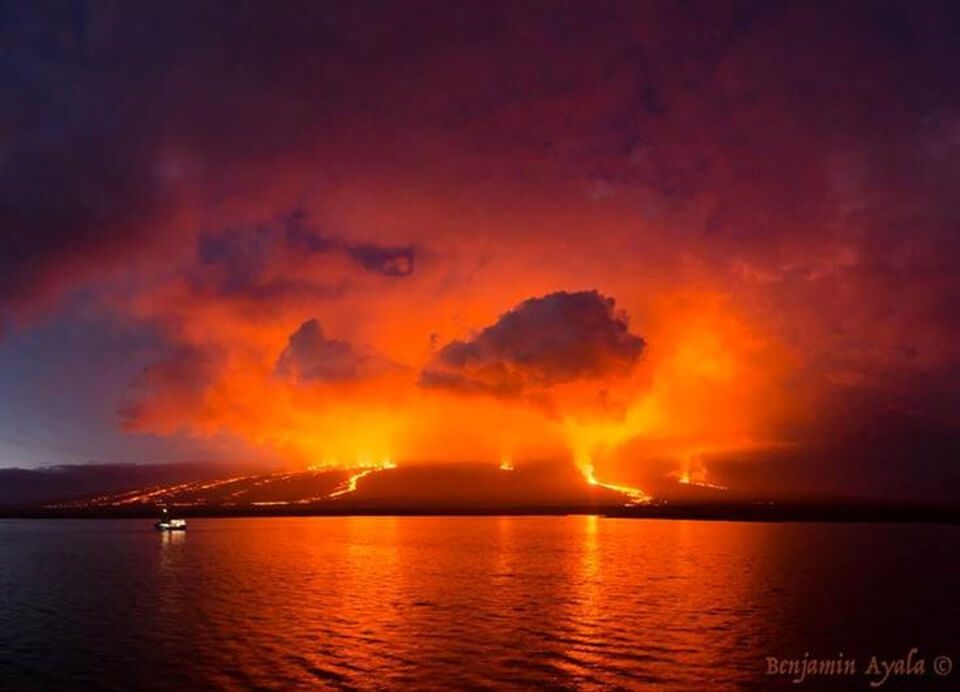If you ask most biologists or ecologists about the single most important landscape to shape the scientific world, the answer will resoundingly lean toward the Galapagos Islands. Isolated from mainland species and humankind for thousands of years, the animals on these islands evolved into unique creatures found only here. They are unafraid of humans and a delight to encounter on a hike or other exploration. As an added bonus, the location of the islands along the equator means that there is a regular forecast of warm and sunny days, calm and clear seas, and no real offseason. There is no bad time to go to the Galapagos, and if you are a lover of ecotourism, there is no better place on earth to see this kind of vacationing done right. Here is a look at some of the highlights of Galapagos as an ecotourism destination.
Highlights of Galapagos Islands
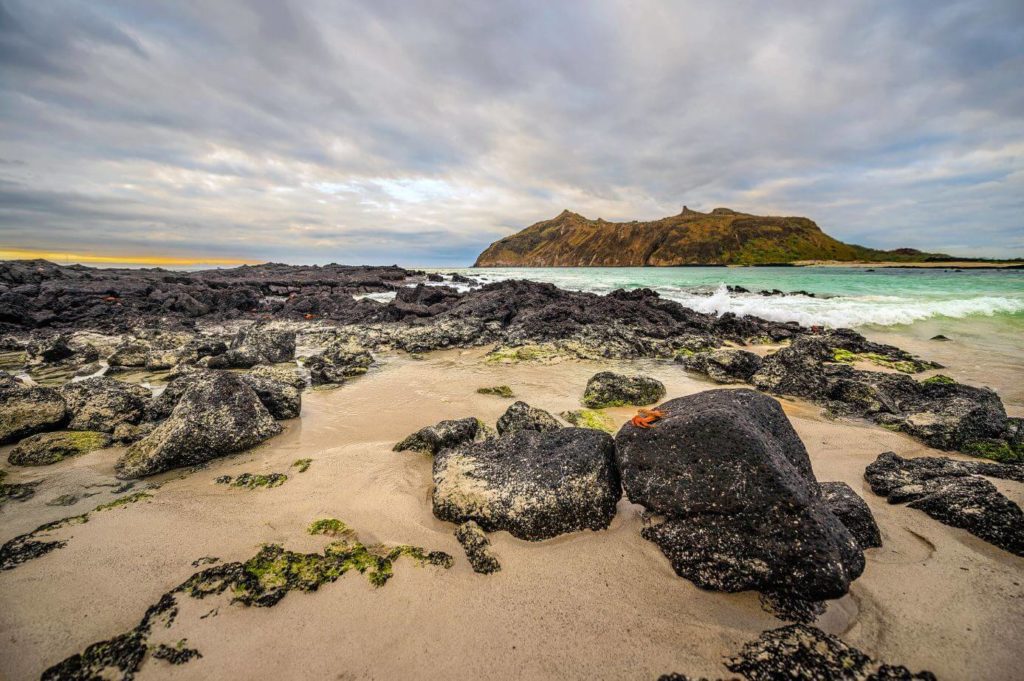
The Galapagos and the History of Evolutionary Theory
The Galapagos Islands were made famous by Charles Darwin when he wrote about the voyage of one ship, the HMS Beagle. While he traveled extensively throughout the world, it was here that he was able to clearly understand how species separate from one another via the theory of natural selection. The theory is still considered the primary belief of scientists today. All of the species that were used to create the theory, from specialized finches to unique island tortoises, are still around today. As a bonus, these uninhabited islands have not been turned into resort lands and look much like Darwin would have found them on his own journeys long ago.
TALK TO A DESTINATION EXPERT
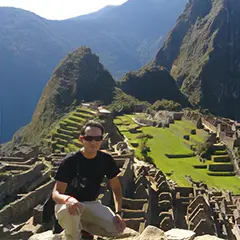
Diego Zapata

Rosa Mena
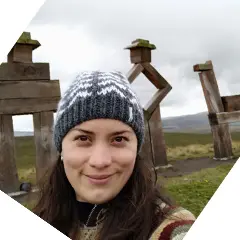
Sandy Lara

Diego Zapata

Rosa Mena

Sandy Lara
Breathtaking Galapagos Wildlife
When it comes to extraordinary creatures, the Galapagos features some of the most exquisite examples of wildlife anywhere on the planet. Marine iguanas swim alongside Galapagos penguins off rocky volcanic shores. Colonies of nesting sea birds like boobies, frigate birds and pelicans flock to the beaches during a year-round breeding season. Exquisite courtship dances, puffed valentine-red chests and more can be seen from a few feet away as these birds interact with one another with no fear of you. Large, lumbering tortoises that are as much 150 years old sit quietly for photos while excited tourists watch. Friendly sea lions make graceful, acrobatic swirls around enchanted snorkelers. For those who love animals, this is an extraordinary collection of friendly and unique animals not like anywhere else. One of the most important highlights of Galapagos.
Read more about BIG 15 Group of Galapagos Iconic Species
First Class Galapagos Diving
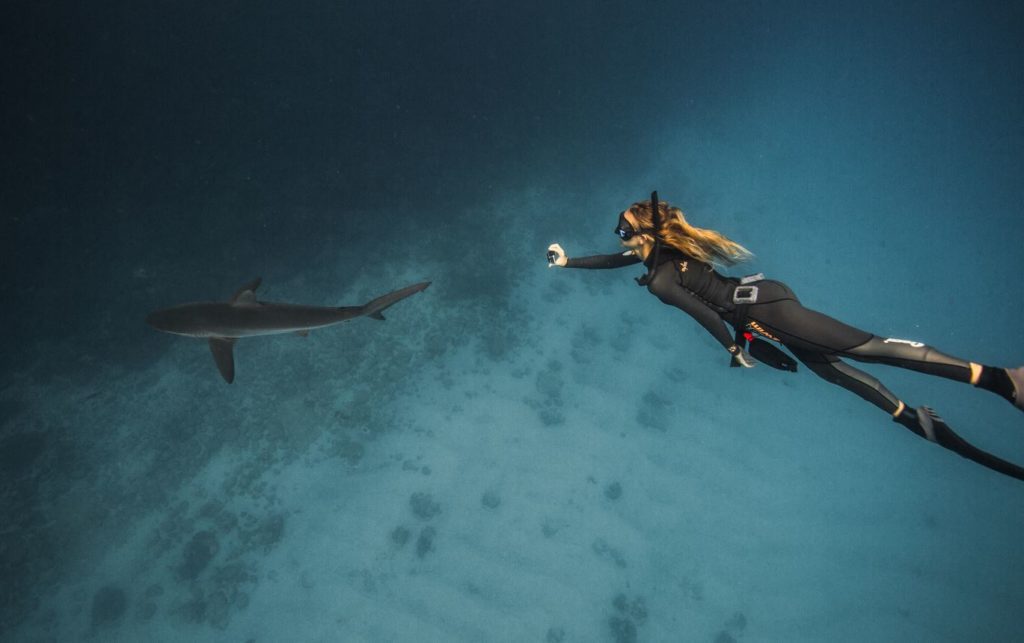
If you are a diver, Galapagos is one of the most incredible places in the world. The pinnacle and lava cave structures of these volcanic islands make for excellent and beautiful lava reef structures. Enchanting and one-of-a-kind fish can be found in the nooks while penguins, sea lions, turtles and more swim around you. Whale sharks and other large sharks can be seen where the water goes deep, a popular draw for many tourists. Hotels here often have dive packages to allow you to explore some of the best that the seas around the Galapagos Islands have to offer. Their location in the equatorial Pacific makes for warm, clear water year-round. There is really no time of year where it is too cold, wild or cloudy to have an exceptional dive.
Low-impact Galapagos Cruising
One of the most eco-conscious decisions that the nation of Ecuador made when it comes to travel here is that no one stays on 97% of the land surface of Galapagos. Within the National Park, the only place to stay is aboard cruise ships like the Yacht Isabela II, Santa Cruz II or Yacht La Pinta. This means that no buildings are built to accommodate tourists, waste will be carried far from the waters around these pristine islands, and foot traffic can be limited easily. Each cruise ship may only enter certain islands on certain days to keep from overcrowding them. As a lover of ecotourism, this means smaller, cleaner, more natural islands for you as well as a much healthier and expansive home for the amazing Galapagos wildlife. In this way, the islands are far ahead of most of the world’s ecotourism destinations.
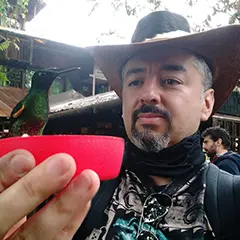
Javier Garcia
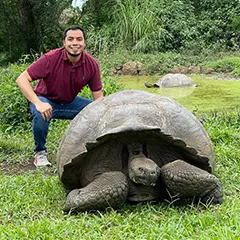
Eduardo Silva
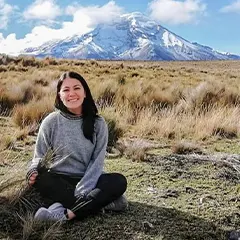
Carolina Escobar
START PLANNING YOUR TRIP

Javier Garcia

Eduardo Silva

Carolina Escobar
Get in touch for more
CONTACT US
Education Meets Fun on Galapagos Cruises
Whether your family likes to incorporate learning on vacations or you are a lifelong learner yourself, there is so much to offer on Galapagos cruises. Boats like the Isabela II, Santa Cruz II and Yacht La Pinta offer between 20 and 50 staterooms and a naturalist per every 10 to 14 people. At your disposal are glass-bottom boats and kayaks as well as the option to take dive and snorkel excursions in the crystal-blue waters of the region. Access to onboard resources learning about the natural history of the area, transportation to land lectures, and opportunities for onboard lectures are just some of the educational opportunities. If you need a break, it’s easy to leave the learner in your group with the naturalist and explore the water or layout on the sunny deck yourself. With the versatility of a cruise ship, everyone has the opportunity to follow their dreams and return together for a sumptuous meal at the end of every day. Safety is paramount on these cruises with fully certified naval staff at the helm and as crew.
